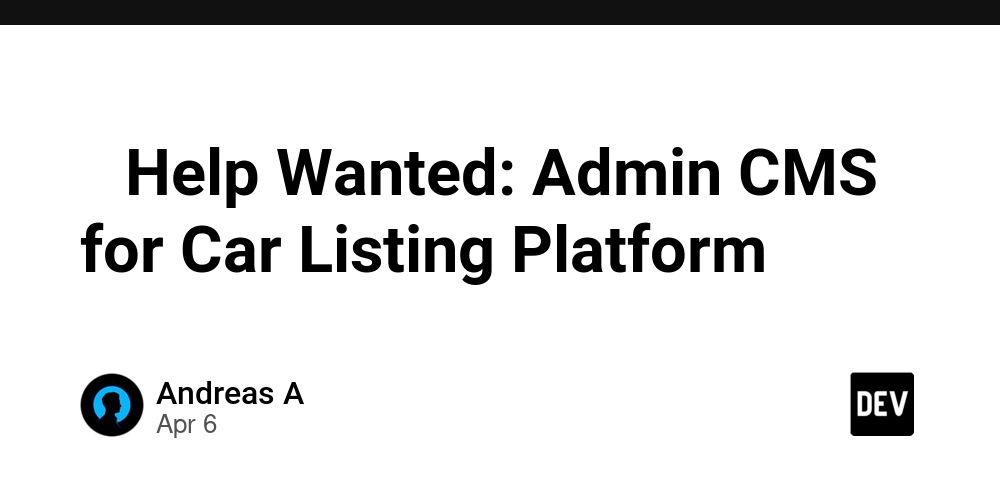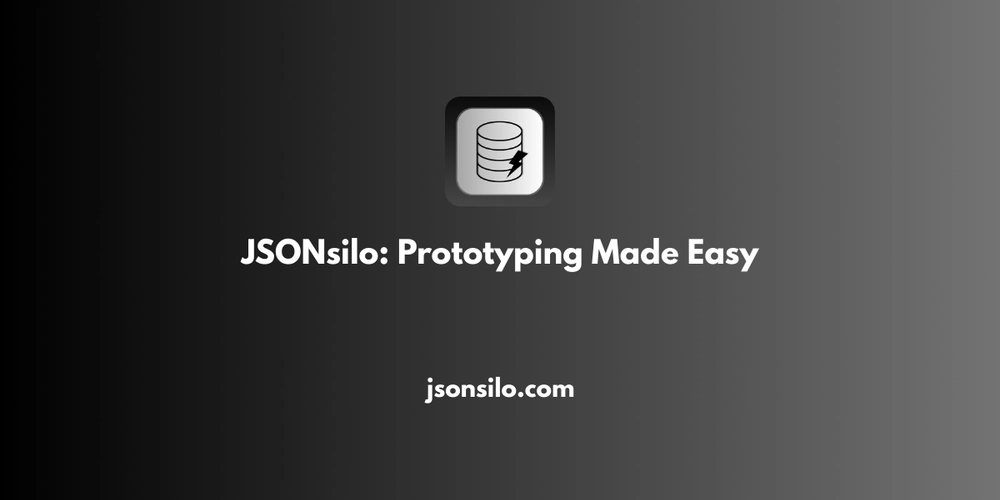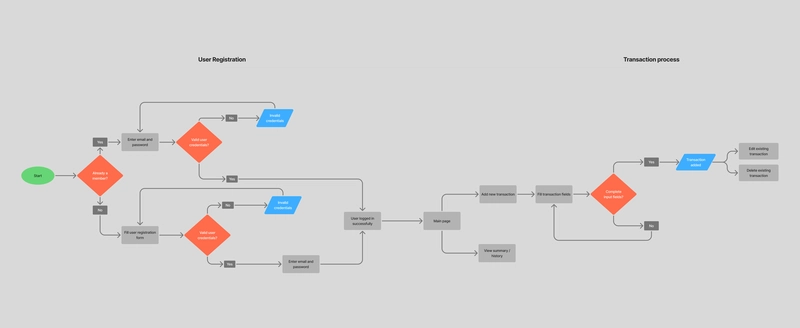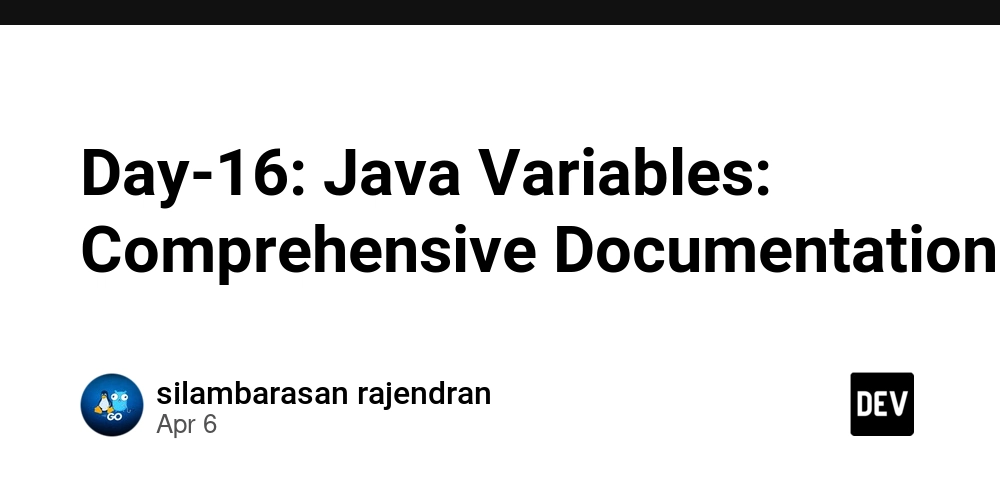Cyclops Launch Week #2
Last week, we had our second-ever Launch Week at Cyclops! Each day of the week, we revealed a new feature - five features in total! But, features were not the only thing we announced. Behind the scenes, we have been making friends in the Kubernetes space... We kicked things off with a teaser the week before, revealing five hidden urns, each representing a mystery feature waiting to be uncovered. One by one, we cracked them open throughout the week, unveiling what we’ve been working on. If you missed it, check out our socials (LinkedIn and X) and follow #cyclopslaunchweek2 for all the highlights. Now, let’s dive into what we revealed during Launch Week 2… But wait… what is Cyclops? We know that Kubernetes can be difficult. That is why we created Cyclops, an open-source framework for building developer platforms on Kubernetes. Abstract the complexities of Kubernetes, and deploy and manage your applications through a customizable UI that you can fit to your needs. We're developing Cyclops as an open-source project. If you're keen to give it a try, here's a quick start guide available on our repository. If you like what you see, consider showing your support by giving us a star ⭐ ⭐ Star Cyclops on GitHub ⭐ #1 Migrating Helm Releases to Modules♻️ Cyclops already picks up on any installed Helm releases in your cluster. But when selecting a Helm release, you will notice a new button pop up in the top right corner! With the release of this feature, you can easily migrate your Helm releases to Cyclops’ modules! (Yes, even in bulk!) You will simply need to choose a template for your migration, and voila! Your applications will be migrated to Cyclops modules without even noticing. They won’t be redeployed and will continue running like nothing even happened. But that is not the only news we bring! We are super happy to announce our newly established partnership with Suse! You can now find a familiar face in the Rancher Marketplace and install Cyclops in one click. // Detect dark theme var iframe = document.getElementById('tweet-1899060955591426227-872'); if (document.body.className.includes('dark-theme')) { iframe.src = "https://platform.twitter.com/embed/Tweet.html?id=1899060955591426227&theme=dark" } #2 Pushing Modules to Git ⏫ You now have the flexibility to deploy a Module in two ways: Deploy directly to your Kubernetes cluster Push the Module manifest to a Git repository Simply specify the repository and path where you want to store the configuration, then click Deploy. From there, tools like ArgoCD can take over and deploy the application. Once it's live, Cyclops will automatically detect it and display it in the UI. When you edit a Module using this workflow, any changes will be pushed to the Git repository, keeping everything in sync. Check out our updated documentation for more details. We are also very excited to announce that now you can find Cyclops on the DigitalOcean marketplace! To celebrate, we have published a tutorial in collaboration with DigitalOcean on how you can easily create an internal developer platform on their Kubernetes clusters. Check it out!

Last week, we had our second-ever Launch Week at Cyclops! Each day of the week, we revealed a new feature - five features in total! But, features were not the only thing we announced. Behind the scenes, we have been making friends in the Kubernetes space...
We kicked things off with a teaser the week before, revealing five hidden urns, each representing a mystery feature waiting to be uncovered. One by one, we cracked them open throughout the week, unveiling what we’ve been working on. If you missed it, check out our socials (LinkedIn and X) and follow #cyclopslaunchweek2 for all the highlights.
Now, let’s dive into what we revealed during Launch Week 2…
But wait… what is Cyclops?
We know that Kubernetes can be difficult. That is why we created Cyclops, an open-source framework for building developer platforms on Kubernetes. Abstract the complexities of Kubernetes, and deploy and manage your applications through a customizable UI that you can fit to your needs.
We're developing Cyclops as an open-source project. If you're keen to give it a try, here's a quick start guide available on our repository. If you like what you see, consider showing your support by giving us a star ⭐
#1 Migrating Helm Releases to Modules♻️
Cyclops already picks up on any installed Helm releases in your cluster. But when selecting a Helm release, you will notice a new button pop up in the top right corner!
With the release of this feature, you can easily migrate your Helm releases to Cyclops’ modules! (Yes, even in bulk!)
You will simply need to choose a template for your migration, and voila! Your applications will be migrated to Cyclops modules without even noticing. They won’t be redeployed and will continue running like nothing even happened.
But that is not the only news we bring! We are super happy to announce our newly established partnership with Suse! You can now find a familiar face in the Rancher Marketplace and install Cyclops in one click.
// Detect dark theme var iframe = document.getElementById('tweet-1899060955591426227-872'); if (document.body.className.includes('dark-theme')) { iframe.src = "https://platform.twitter.com/embed/Tweet.html?id=1899060955591426227&theme=dark" }
#2 Pushing Modules to Git ⏫
You now have the flexibility to deploy a Module in two ways:
- Deploy directly to your Kubernetes cluster
- Push the Module manifest to a Git repository
Simply specify the repository and path where you want to store the configuration, then click Deploy. From there, tools like ArgoCD can take over and deploy the application. Once it's live, Cyclops will automatically detect it and display it in the UI.
When you edit a Module using this workflow, any changes will be pushed to the Git repository, keeping everything in sync.
Check out our updated documentation for more details.
We are also very excited to announce that now you can find Cyclops on the DigitalOcean marketplace! To celebrate, we have published a tutorial in collaboration with DigitalOcean on how you can easily create an internal developer platform on their Kubernetes clusters.
Check it out!









































































































































































![[The AI Show Episode 142]: ChatGPT’s New Image Generator, Studio Ghibli Craze and Backlash, Gemini 2.5, OpenAI Academy, 4o Updates, Vibe Marketing & xAI Acquires X](https://www.marketingaiinstitute.com/hubfs/ep%20142%20cover.png)



























































































































![[FREE EBOOKS] The Kubernetes Bible, The Ultimate Linux Shell Scripting Guide & Four More Best Selling Titles](https://www.javacodegeeks.com/wp-content/uploads/2012/12/jcg-logo.jpg)



![From drop-out to software architect with Jason Lengstorf [Podcast #167]](https://cdn.hashnode.com/res/hashnode/image/upload/v1743796461357/f3d19cd7-e6f5-4d7c-8bfc-eb974bc8da68.png?#)






































































































.png?#)




.jpg?#)
































_Christophe_Coat_Alamy.jpg?#)
 (1).webp?#)








































































































![Rapidus in Talks With Apple as It Accelerates Toward 2nm Chip Production [Report]](https://www.iclarified.com/images/news/96937/96937/96937-640.jpg)






































































































































